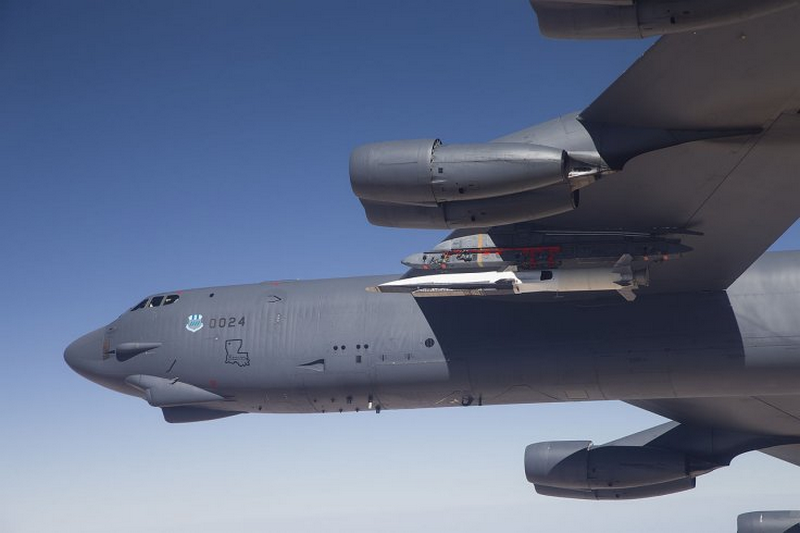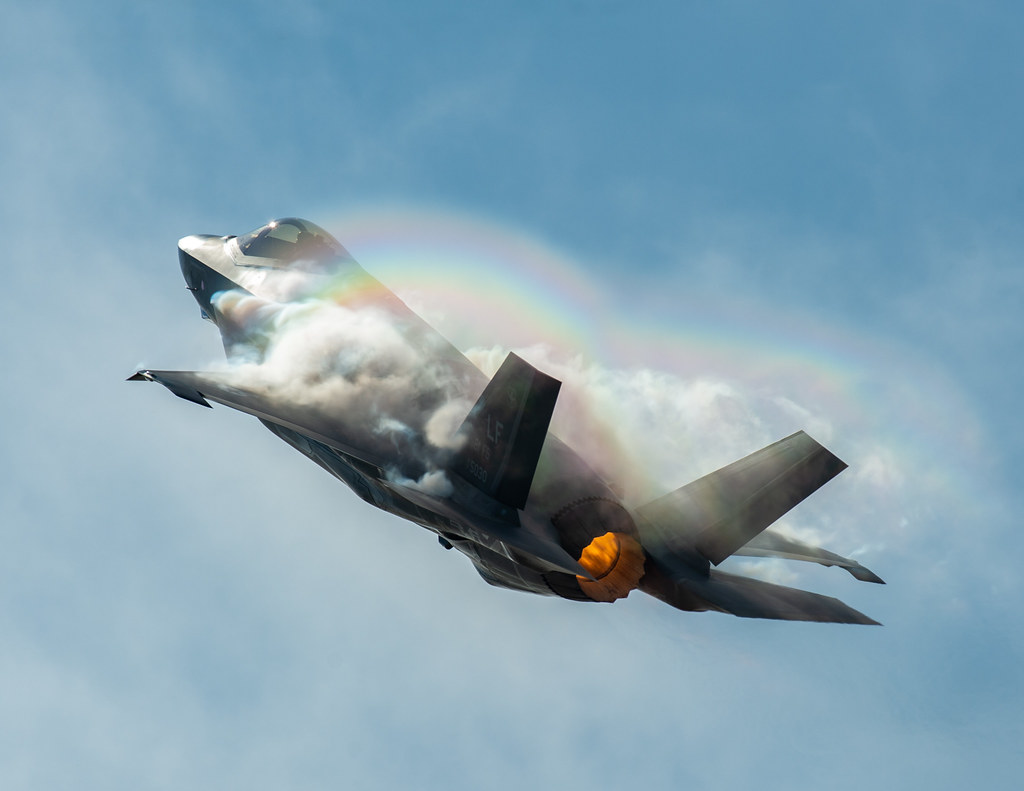
The United Kingdom has embarked on an ambitious journey to join the global hypersonic arms race by initiating a project to develop a domestically built hypersonic missile, with aspirations for operational capability by the 2030s.

This move reflects a broader commitment to bolster national defense and keep pace with major world powers, signaling a significant investment in the future of UK military capabilities.

The Defense Equipment and Support branch of the UK’s Ministry of Defense has announced the selection of 90 organizations to compete in the Hypersonic Technologies and Capability Development Framework (HTCDF) agreement.

This initiative is not just about matching speed with other nations’ advancements but also about ensuring the UK maintains a sovereign strike capability. The UK is setting aside approximately $1.25 billion (£1 billion) for the development of its homegrown ballistic missile technology.

Paul Wilson, Team Hypersonics director, expressed his enthusiasm for the industry’s response, noting, “In an unsettled world, the battlespace is continually evolving, and the UK MOD recognizes the need for agility to ensure we can rapidly develop and deliver the capabilities our Armed Forces need to protect our interests and those of our allies.”

The project is buoyed by Prime Minister Rishi Sunak’s commitment to allocate 2.5 percent of the country’s GDP to defense by 2030, an extra $94 billion (£74.3 billion) funding injection. This investment aims to support a range of defense innovations, including the hypersonic missile program.

“Hypersonics will be a landmark capability of the future, and it is essential we keep pace with the developments of our adversaries,” stated James Cartlidge, UK’s Minister of Defense Procurement. He also emphasized the importance of the Framework for small and medium enterprises (SMEs), which make up nearly 50% of the suppliers involved.

While the details regarding the launch platform for the missile are yet to be determined—with options ranging from land, sea, or air, such as fitting to fighter jets like the Typhoon or F-35, or being launched from warships—the project is already heralded as a national mission.

The missile development also involves the creation of new materials and technologies to withstand the extreme conditions associated with hypersonic speeds.

The pursuit of a hypersonic missile is seen as crucial for maintaining a competitive edge on the global stage. Hypersonic missiles, capable of exceeding Mach 5 speeds, present a challenge to modern air defense systems due to their rapid pace and maneuverability.

Major international players such as the United States, Russia, and China have also been actively engaged in developing and testing hypersonic technology.

A government defense source highlighted the strategic importance of the project: “Cutting-edge projects like this are only possible because of the massive new investment the Government has made this week in defense innovation.”

The hypersonic arms race has drawn parallels to the Cold War-era weapons competition, with countries vying for technological supremacy. While there is a debate about the cost-effectiveness of such high-speed weapons, the UK’s commitment to the development of its hypersonic capabilities is clear.

The resulting technologies are expected to be shared with allies, such as the United States and Australia, further strengthening international partnerships and collaborative defense efforts.

As the hypersonic arms race accelerates, the UK’s determination to establish its own advanced strike capability is a strategic move to safeguard national security and reinforce its position on the global military stage. With the project moving forward, the UK is poised to join the forefront of hypersonic development and ensure its readiness for the challenges of an uncertain future.
Relevant articles:
– UK begins project to create homegrown hypersonic missile, supercarblondie.com
– Britain to deploy homegrown hypersonic missile by 2030, The Telegraph
– UK to develop hypersonic missiles to catch up with China and Russia by 2030 – report, sky.com
– Britain developing homegrown hypersonic missile, UK Defence Journal
